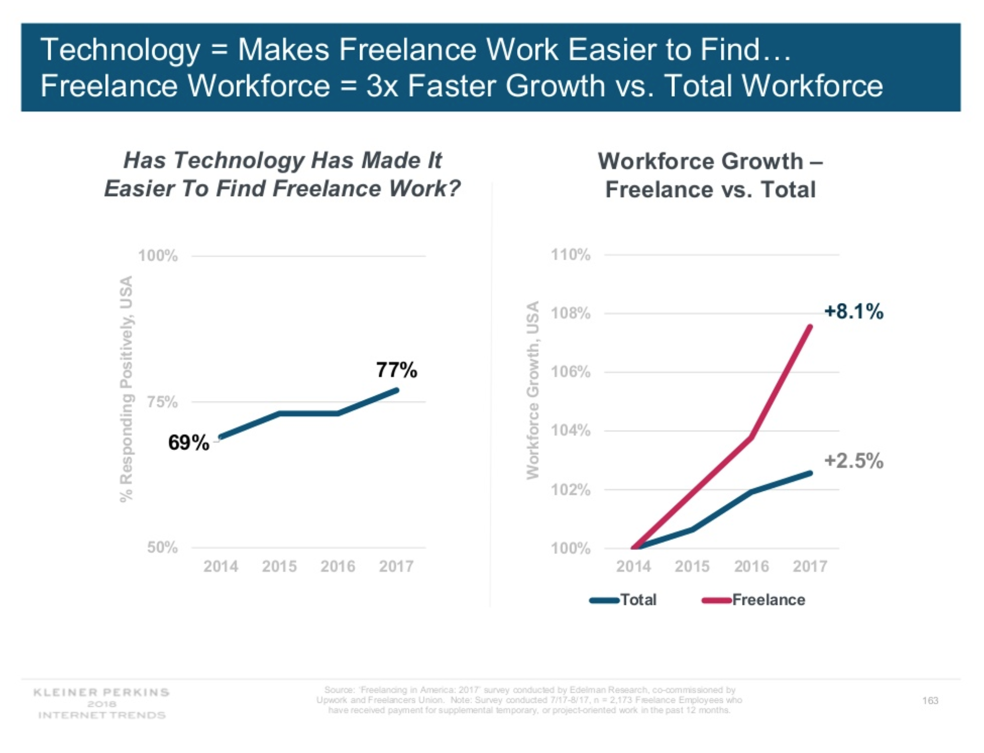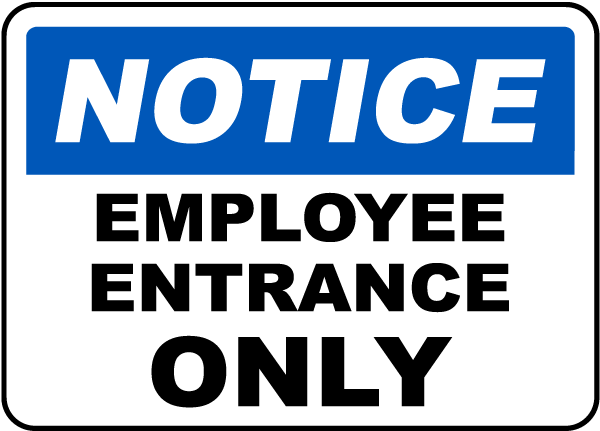OK, maybe that’s a bit of an exaggeration. But it seems like every company is always in the process of revamping its onboarding process. Frankly, I’m not surprised. When I ask L&D pros about their onboarding practices, I get a wide range of responses. I often hear things like …
- “We put together a blended program, but the managers usually just sit the new hire in front of a computer for 8 straight hours to get it all done.”
- “New hires have to spend 3 weeks in the classroom and have to pass a final test before they get on the phones with customers.”
- “We don’t have anything formal. The manager usually assigns a buddy, and they help the new person figure things out during the first week.”
These are troubling responses. They speak to the overall challenge we face today when bringing new people into our organizations. Stakeholders want new employees to know EVERYTHING as quickly as possible. We often onboard multiple people at the same time in the same way despite their unique backgrounds. Declining unemployment along with continued increases in freelance and temporary work are further changing hiring dynamics and pushing us to design an onboarding experience that fits all potential roles and skill levels.

Onboarding is important. There are plenty of stats out there to support this woefully obvious observation. 20% of employee turnover happens in the first 45 days on the job. 69% of employees are more likely to stay with the company for at least 3 years after a great onboarding experience. And we all know how expensive it is to find and replace employees. It’s important! There’s no excuse for failing a new person right as they walk through the door after going through so much effort to recruit them in.
So why is onboarding typically so bad?
- L&D is worried that they’ll never get the new employee back for more training in the future so they have to shove as much content as possible into the onboarding program.
- Managers prioritize the operation over training and push for faster onboarding completion, even if it reduces the effectiveness of the planned program.
- L&D has limited resources and therefore focuses support on only the largest and most homogeneous audiences. Individual contributors and unique roles are left to fend for themselves.
- The people charged with providing initial support (trainers, managers, peers) are poorly selected and/or supported. They may be great at doing the job but not so great at explaining how to do it.
That’s not every reason. But these are the concerns I run into most often, especially in organizations that have a lot of turnover and/or seasonal hiring (retail, hospitality, call center, logistics, etc.). Regardless of industry, role or program, the post-onboarding story tends to play out in a similar way (if the employee even makes it through). When support is removed, the employee’s capability suddenly declines as does their confidence. Shortcuts and bad habits develop. Mistakes are mad. Bad things happen. People leave.
So how do we make it better? Clearly I don’t know your world and therefore can’t design the perfect onboarding strategy for your organization. But I can suggest 3 principles. I applied these principles with success in past roles and now share them whenever I talk onboarding with peers or clients. When applied together, these principles enable the critical mindset shift needed to meaningfully improve the new hire experience: onboarding does not end.

Prioritize
The firehose must stop! People simply cannot retain 8 hours of new information in a day yet alone 3 weeks of training content. Learning doesn’t work that way. People don’t work that way.
Therefore, L&D must help stakeholders and subject matter experts make one important distinction: what do people REALLY need to know to start doing their jobs? For example, if you’re a forklift driver, you need to know how to safely operate the forklift. However, do you need to know the history and culture of the company to operate the forklift? No. The need-to-know stuff is featured during onboarding training. The nice-to-know stuff – or info that will be useful later – is either delayed for future training or made available via on-demand resources.
By prioritizing the need-to-know and making the rest available when and if employees need it, you not only reduce onboarding content and shorten training time but you also strengthen knowledge retention once the employee gets on the job.

Adapt
Onboarding is almost always a one-size-fits-all proposition, especially during high-volume hiring periods. It doesn’t matter how much or how little experience someone has. Everyone has to do everything. This is equally frustrating to the expert as it is to the novice, as they have to match one another’s uneven pace before they get to do the job for which they were hired.
This is where data and personalization can play big roles. If we hire a person based on their past experience, we should use this experience to customize and expedite their training. This may take the form of an adaptive learning experience or a simple pre-assessment. The on-demand resources I mentioned earlier can also help employees pace their own learning along the way. Finally, data captured during onboarding can also help managers improve the transition into the operation, as it gives them awareness of focus areas for continued coaching.
Data is a growing conversation across L&D. A well-designed onboarding strategy takes advantage of data to both reduce onboarding time as well as improve the results.

Bridge
There has to be something after the initial training. Otherwise, people will forget. Bad habits and shortcuts will develop. And the veterans will introduce “the way we really do things around here.” This is why I always tell people that good onboarding doesn’t really end. Rather, it’s the beginning of a continuous learning and support experience. Yes, it’s heavier and more focused. But it cannot be the only opportunity for targeted learning. Otherwise, onboarding won’t get any better.
The onboarding period should help establish a habit of everyday learning. By providing learning opportunities that easily fit into the few moments people have available at work, we can reinforce critical, need-to-know information from new hire training. We can also use microlearning principles to introduce new topics in small bites (again, how people actually learn). On-demand resources provide employees with access to timely and nice-to-know content. And, when it comes to adaptive learning, we can use the data generated in the workflow from KPIs and manager observation to further craft the continuous learning experience to the needs of the individual.
When onboarding is viewed as the beginning of a larger strategy, many of the problems fall away. Rather than worrying about getting as much information as possible into a very brief period, we can enable the focus I mentioned under Prioritize while shaping an overall improved experience. This will help new employees maintain a consistent pace of development and not experience the decline that tends to happen when they get into the operation.
The summer is almost over and holidays are coming soon. There’s a good chance your organization is getting ready to bring on a large number of employees to support a spike in operational traffic. Now is a great time to take a hard look at your onboarding strategy to determine if it really sets your new employees – and your business – up for success. The workforce will continue to evolve as will the needs of your company. Your onboarding strategy must be designed to keep pace and properly balance the priorities of your business with the support requirements of your newest employees.
How can you apply the Prioritize, Adapt and Bridge principles to strengthen the learning and support experience for new hires from day 1?
How can these principles transform onboarding from a stand-alone, start-and-end program to the beginning of a continuous learning and support experience?



